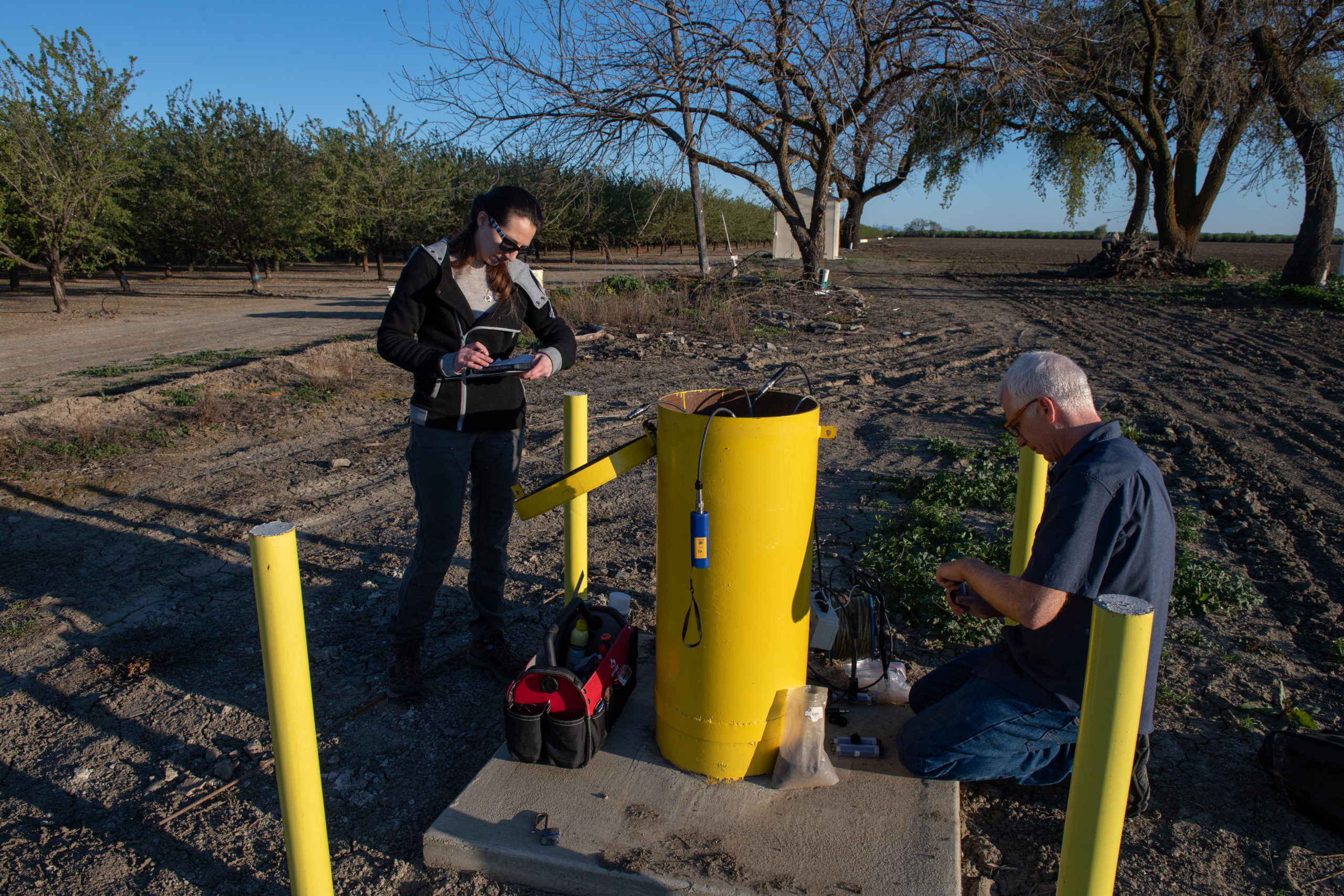California believes in the human right to water. Governor Newsom has doubled down on fulfilling that promise for everyone, no matter where you live or how much money you have. Yet, unless we take care of our groundwater, more and more California families will lose their only source of tap water. They cannot afford to spend thousands and thousands of dollars to chase water that’s pushed lower and lower underground by over pumping. Farmworker communities and communities of color are hurt the most.
In January 2020, newly formed Groundwater Sustainability Agencies (GSAs) submitted their first Groundwater Sustainability Plans (GSPs) to the state for the “critically over-drafted” sub basins, or those in the direst circumstances. Most of these sub basins are located in the San Joaquin Valley.
Since then, the COVID-19 pandemic has exposed how deeply public health, economic security, and clean water are intertwined. Put simply, a livable future in California depends on clean, reliable water, which is one of the main reasons why SGMA was passed. California’s groundwater depletion challenges preceded the global pandemic and continue to persist in ways that impact drinking water, farming, economic development, public health, and environmental quality.
To support the state’s implementation of SGMA and its continued progress on the human right to water, the Water Foundation commissioned an analysis of 26 GSPs in the San Joaquin Valley to understand how private domestic drinking water wells in the region will be affected on the path to sustainability. Among its key findings, the analysis estimates that the goals in these San Joaquin Valley GSPs, if not proactively addressed, will result in:
- Between roughly 4,000 and 12,000 partially or completely dry drinking water wells by 2040
- Between roughly 46,000 and 127,000 people who lose some or all of their primary water supply by 2040
- Between $88 million to $359 million in costs to restore access to drinking water
State regulatory agencies must now work with these GSAs over the next two years to implement SGMA in a manner that avoids these impacts or finds suitable replacement for lost water supplies to ensure the right to water for all California residents. Further, more analysis beyond the scope of this analysis is required to explore the effect of GSPs on other areas of concern, such as impacts on the environment and on important infrastructure due to land subsidence.
As state decision-makers now begin their GSP review process, we hope that this brief will help bring greater attention to vulnerable Californians and their most basic need: safe, clean, and affordable water.
